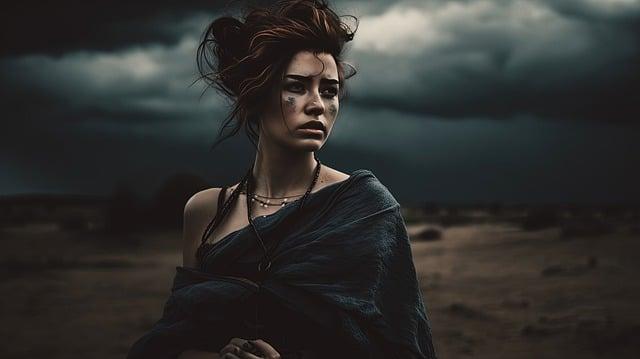In the dim glow of a theater, as the opening frames of a film flicker to life, an audience is subtly ushered into a world painted not just by story and dialogue, but by the vibrant palette that colors each scene. This is the art of color grading—a crucial yet often overlooked element in filmmaking that breathes mood and emotion into the narrative tapestry. Just as a composer crafts a score to stir the soul, a colorist wields hues and shades to evoke visceral reactions, guiding viewers through the spectrum of a film’s emotional landscape. From the icy blues of a tense thriller to the warm sepias of a nostalgic drama, color grading is the invisible hand that shapes perception, setting the tone long before the first word is spoken. This article delves into the intricate dance between color and emotion, exploring how filmmakers harness this powerful tool to craft unforgettable cinematic experiences.
Crafting Mood Through Hues: Understanding the Basics
In the intricate world of filmmaking, the use of color is a silent narrator, subtly guiding the audience’s emotions and perceptions. Color grading is a powerful tool that transforms raw footage into a visual masterpiece, establishing the film’s tone and mood. By manipulating hues, saturation, and contrast, filmmakers can evoke a wide range of feelings, from warmth and nostalgia to tension and unease.
- Warm Tones: Evoke feelings of comfort and happiness, often used in scenes depicting love or nostalgia.
- Cool Tones: Create a sense of calmness or detachment, frequently utilized in dramatic or somber moments.
- High Contrast: Intensifies emotions and heightens drama, perfect for action-packed sequences.
- Muted Colors: Convey realism and grittiness, often found in dystopian or historical narratives.
By mastering these basics, filmmakers can craft a visual language that resonates deeply with viewers, ensuring that every frame not only tells a story but also stirs the soul.
Shadows and Highlights: Techniques for Emotional Impact
In the intricate dance of visual storytelling, the interplay of shadows and highlights serves as a potent tool to evoke emotions and craft a film’s atmosphere. Through strategic color grading, filmmakers can manipulate the audience’s emotional response, transforming the ordinary into the extraordinary. The balance of light and dark can be used to convey a range of emotions and themes, such as:
- Suspense: Deep shadows can create a sense of mystery and tension, drawing viewers into the unknown.
- Joy: Bright highlights can enhance scenes of happiness and vitality, infusing the narrative with warmth.
- Melancholy: Soft, muted tones often evoke feelings of nostalgia and introspection.
By mastering the art of shadows and highlights, filmmakers can guide the viewer’s eye and heart, ensuring each scene resonates with the intended emotional depth. This delicate balance between light and darkness not only sets the tone but also enriches the story’s visual language.

Palette Choices: Aligning Color with Narrative Themes
In the art of filmmaking, color grading transcends mere aesthetics, becoming a storyteller in its own right. The careful selection of hues and tones serves to underscore narrative themes, guiding audiences through emotional landscapes. A film steeped in muted blues and grays might evoke feelings of isolation or melancholy, while vibrant reds and oranges can infuse a scene with passion or urgency.
- Symbolism: Colors can act as visual metaphors, linking back to the core message or motif of the film.
- Emotional Resonance: The palette can amplify the audience’s emotional response, aligning with the characters’ journeys.
- Period and Setting: Specific color schemes can evoke a particular time period or cultural context, grounding the narrative in its intended world.
By aligning color with the thematic undercurrents of a story, filmmakers craft a more immersive and cohesive viewing experience. Each shade and tint becomes a brushstroke on the canvas of the film, enhancing the narrative’s depth and impact.

Tools of the Trade: Recommendations for Aspiring Colorists
For those looking to dive into the world of color grading, having the right tools is essential. Here are some recommendations to get you started:
- Software: Consider using industry-standard applications like DaVinci Resolve or Adobe Premiere Pro. These platforms offer robust features that allow for detailed color correction and grading, essential for setting the film’s mood.
- Hardware: A high-quality monitor calibrated for color accuracy is crucial. Look for brands like BenQ or EIZO that provide reliable color fidelity.
- Control Surfaces: To enhance precision, invest in a control surface like the Blackmagic Design DaVinci Resolve Mini Panel. This tool offers tactile control, making adjustments more intuitive and efficient.
Each tool serves a specific purpose, and mastering their use will significantly impact the emotional resonance of your film through color.

